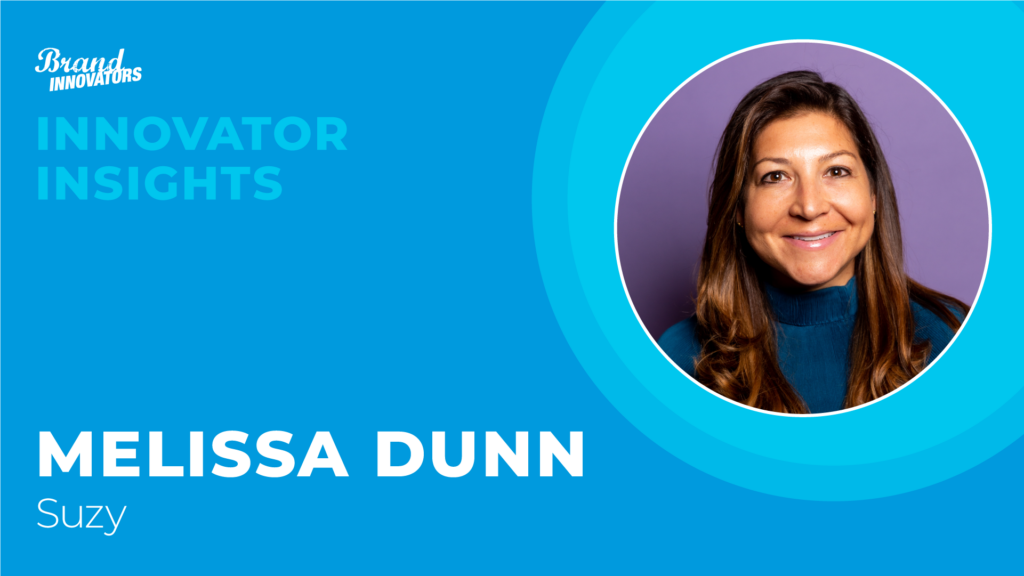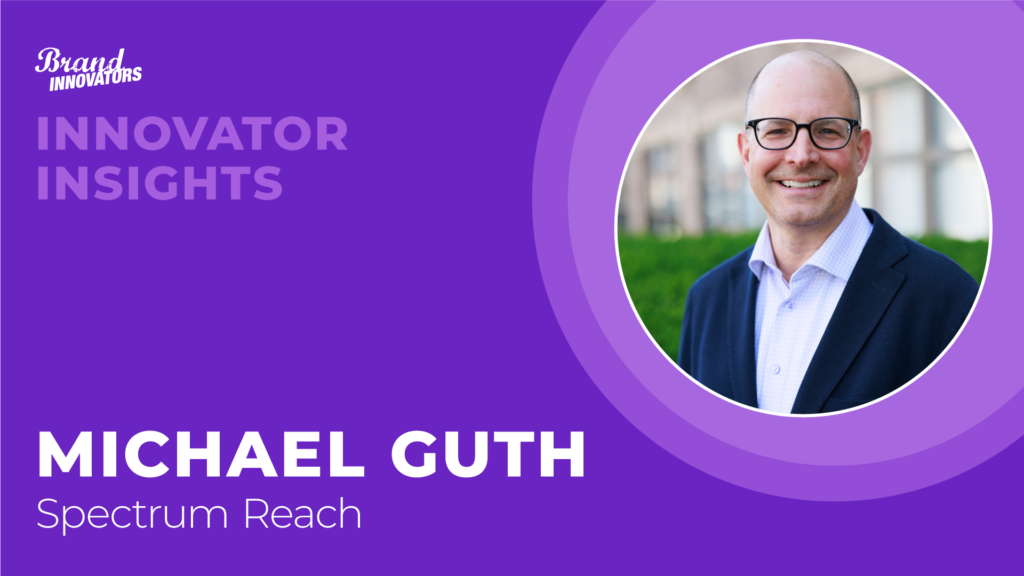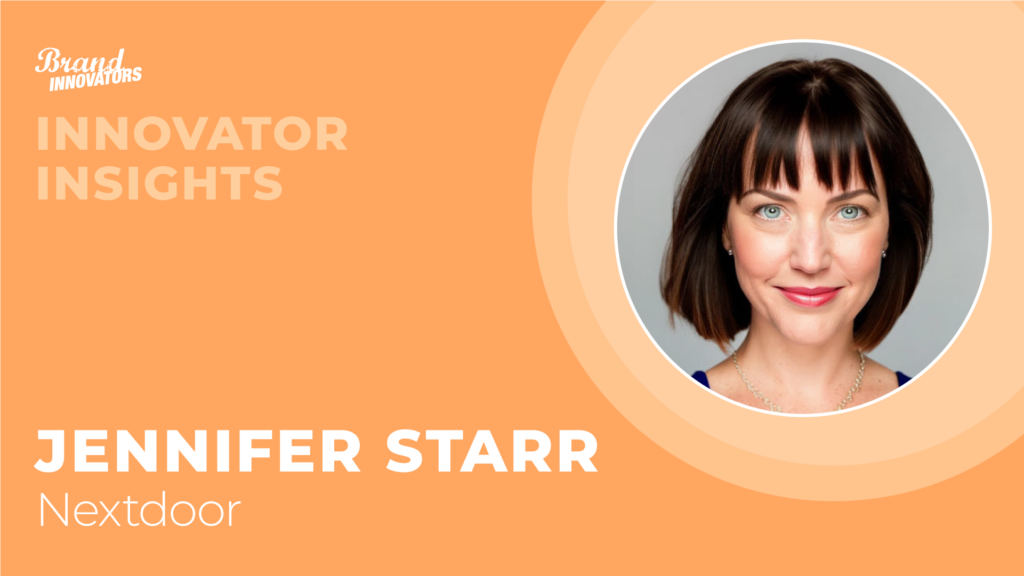She has a degree in mathematics. She spent the early part of her career as a software engineer. She has never taken a formal marketing class. And yet, in some respects, Ingrid Burton may have the ideal background to succeed as a CMO in 2021.
Following stints at companies ranging from Sun Microsystems, H20.ai and SAP, Burton took the top marketing job at San Francisco, Calif.-based Quantcast at the end of last year. She is now responsible for helping brands understand the value of using its intelligent audience platform and consent management solutions to deliver the insights they need.
Having hands-on expertise in developing and using sophisticated technologies not only means Burton can talk credibility about what Quantcast offers. It also gives her insight into challenges brands face and how they can rethink their marketing strategy following the impact of COVID-19.
“What the pandemic really forced marketers to look at was how to change the marketing mix,” Burton told Brand Innovators. “Events were just one example: All the events we had planned to go to or exhibit at or promote just evaporated. It all had to go digital. Customers were suddenly all online. Amazingly, we all pivoted very quickly.”
That said, Burton recognizes that the journey for many brands has only just begun. In early March, the company launched a new intelligent audience solution, simply called the Quantcast Platform, which will offer insights to improve advertising performance and results based on data from more than 100 million online destinations.
Burton said the platform, which uses Quantcast’s machine learning engine, Ara, will address a key hurdle for many brands, which is identifying the right audience and the right moment to display a digital ad.
“It’s a critical area, because no matter what kind of brand you are, the audience mix keeps changing,” she said. “Saving time on looking for those patterns means you can be more creative in thinking about what you should be doing to best serve them.”
Burton offered some other observations about the outlook for technology and marketing for the rest of 2021 and beyond:
Digital Marketing is a Key Way to Reach Customers
Lots of brands think about targeting based on demographics like gender, geography or age groups, but Burton suggested technology can prove equally valuable for a variety of brands and as an example she shared about those in luxury categories.
Quantcast is already working with firms such as L’Oreal, for example, where in-person events were a common way to generate interest by allowing prospects to touch makeup products. Another is auction house Christie’s, where rare art and wine have always been sold by creating a compelling physical experience. Now, the focus is on drawing people to virtual versions of those experiences.
““Not many people are going to be raising a paddle in a room right now. Christie’s addressed that by going digital and using adtech and martech to reach those kinds of customers,” she said. “They thought they knew who their customer was. But because we could give them audience insights they wouldn’t have otherwise, they could also discover other audiences they could go after.”
Indicators of Engagement Will Give Way to Audience-Centric Metrics
Burton admits that one of the things that attracted her to the Quantcast job was its reputation in the AI/machine learning space and its track record in helping brands make use of big data. That will only be more important as the third-party cookie disappears and identity standards such as UID 2.0 are emerging.
“We are looking at the best ways we can determine who the audience member is that someone is trying to reach, but to do it in a respectful way,” she said. “We believe in consent, and that people should have the rights to their data.”
With privacy regulations sweeping across states like California, meanwhile, Burton said companies should already be thinking about how they shift their approach to marketing, which calls for assessing the metrics that inspire strategic thinking.
“We should be looking at having a different conversation. It’s not going to be about how to measure that click. It’s how many people are fitting into this particular audience segment, and what am I going to do about that?”
The Marketing Department Talent Shift Is Inevitable, And Already Underway
There might be some CMOs wondering about the kind of people they’ll need to hire in the future, but Burton points out that remote work is just one aspect of the change in how many of us are doing our jobs.
Business leaders across almost every function are embracing the power of analytics to inform their decision-making, she said. The next generation of marketers, meanwhile, will likely come with some skills similar to her own.
“They’re getting well versed in machine learning and data science,” she said. “Even if you’re studying marketing today, you might be getting a class on (the programming language) R. You might be using Tableau or Looker to create dashboards as part of the tools you’re using to produce your projects. The workforce as a whole is going to become very data-driven.”




